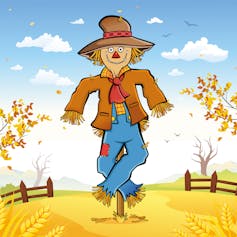
Wendy Boyd, Southern Cross University and Ann-Christin Furu, University of Helsinki
As the global climate crisis accelerates, early childhood teachers and researchers are considering whether and how to approach the issue with children. Should we talk openly about the crisis and encourage children to change their daily practices? Or is there a risk that in doing so, we are inflicting anxiety on young minds, still in critical and early stages of development?
The UN sustainable development goals note that children are
critical agents of change and will find in the new goals a platform to channel their infinite capacities for activism into the creation of a better world.
Australia’s quality standards on early childhood education and care call for childcare services to support children to become environmentally responsible. But how can this policy be turned into a living practice?
Contact with nature is a crucial part of sustainability education in early childhood education and care. This helps children develop an appreciation for the Earth and all its inhabitants. Educators in childcare settings can provide a learning culture where children develop skills to take care of nature through play and creativity, without inflicting mass anxiety on them.

Programs to helps kids learn
There are many ways play can help children love the world around them. For instance, the nursery rhyme about Dingle Dangle Scarecrow could help engage children in vegetable gardening. Children can pretend the scarecrow will keep the garden safe.
They could build a scarecrow themselves, which would inspire creativity and educate them about the living environment at the same time.
Our recent research (not yet published) explored an educational program with 200 children between the ages of three and five. The children learnt how to sort, reduce and recycle waste into different colour-coded bins. As they sorted food waste, the children also fed chickens and compost worms.
Educators expanded on these activities by telling the children how living things are connected, which the children had themselves witnessed when feeding the chickens and worms. This new knowledge carried over into the children’s home environments, where we found children reminded families about sorting household waste. This then impacted on parents’ recycling practices.






